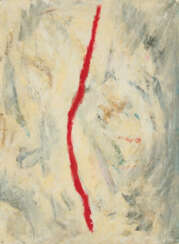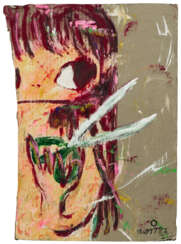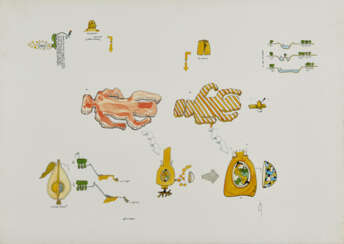mixed media on cardboard

Pino Pascali is an Italian sculptor, conceptual artist, graphic designer and stage designer, one of the forerunners of the art povera style.
He studied scenography at the Academy of Art in Rome, then worked in television as a designer and cameraman, and at the same time experimented with different materials.
Pascali began to create colorful works influenced by pop art in different styles and media. He used old cans, plastic brushes, fake fur, colored water, hay, mud... One of Pascali's most impressive works is Bridge (1968), an eight-meter bridge made of steel sponges.


Anatoly (Anatoli) Timofeevich Zverev was a Russian artist, a member of the non-conformist movement and a founder of Russian Expressionism in the 1960s. He spent all of his life in Moscow.
He did not have a solo show in Russia until shortly before his death in 1986 and his work was exhibited in small, underground galleries. Throughout his career he was harassed and persecuted by the Soviet authorities especially as his international success grew.






Renato Guttuso was a twentieth-century Italian painter and graphic artist. He is known as a brilliant representative of neo-realism.
Renato Guttuso was one of the founders of the "New Art Front". - a revolutionary artistic movement that emerged in Italy after World War II.
Guttuso's paintings have a pronounced social orientation, his work combines Expressionism, Cubism and Realism. He also designed sets and costumes for the theater and created illustrations for books.






Georges Mathieu was a French abstract painter, art theorist, and member of the Académie des Beaux-Arts in Paris. He is considered one of the fathers of European lyrical abstraction, a trend of informalism.


Ralf Winkler, alias A. R. Penck, was a German painter, printmaker, sculptor, and jazz drummer. A neo-expressionist, he became known for his visual style, reminiscent of the influence of primitive art.


Ayako Rokkaku is a contemporary Japanese self-taught artist.
Since 2003, Rokkaku has gained international popularity and has had exhibitions in galleries in the Netherlands, Denmark, Germany and Slovakia.


Jürgen Brodwolf was a Swiss sculptor and objectivist artist.
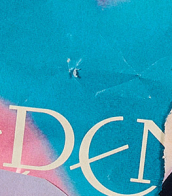

Gianfranco Baruchello is an Italian artist, poet and film director. He was a partner of Marcel Duchamp who introduced him to the New York art scene, Pop Art and American Abstract Expressionism.


Alberto Magnelli was an Italian painter who played a significant role in the development of 20th century abstract art. He was born in Florence, Italy, and began his artistic training at the Academy of Fine Arts in Florence.
Magnelli's early work was heavily influenced by the Italian Futurist movement, but he later became interested in abstract art and began to experiment with different forms of abstraction. His paintings often featured geometric shapes, bold colors, and strong contrasts between light and dark.
During World War II, Magnelli fled to Switzerland and later moved to Paris, where he became involved with the Surrealist movement and formed close friendships with artists such as Piet Mondrian and Max Ernst. In the 1950s and 60s, he began to incorporate organic forms and more fluid, gestural marks into his work.
His work continues to be exhibited and studied around the world, and his legacy has had a significant impact on the development of modern and contemporary art in Italy and beyond.


Sandro Chia is an Italian painter and sculptor. In the late 1970s and early 1980s he was, with Francesco Clemente, Enzo Cucchi, Nicola De Maria, and Mimmo Paladino, a principal member of the Italian Neo-Expressionist movement which was baptised Transavanguardia by Achille Bonito Oliva.


Roberto Fabelo is a contemporary Cuban painter, sculptor and illustrator.



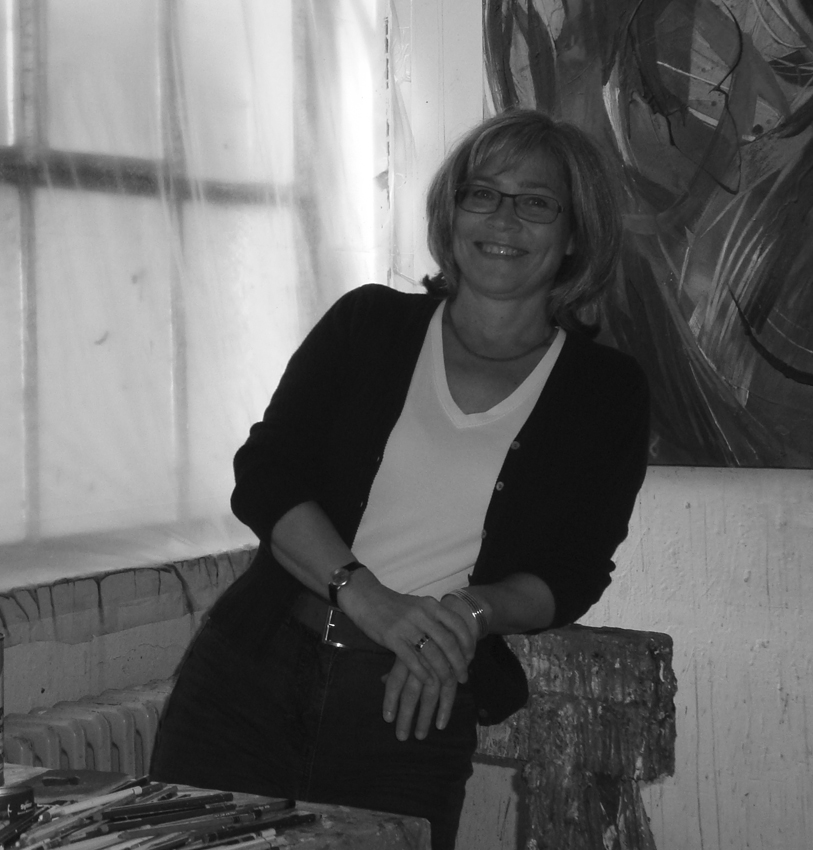
Tina (Bettina) Juretzek is a contemporary German artist dedicated to abstract art.
Tina Juretzek studied art at the Staatliche Kunstakademie in Dusseldorf.
Her works are characterised by abstraction in depicting figures and landscapes. The object, however, always remains tangible. In the 1980s, Jurecek created her first large figurative paintings, focusing on the relationship between the human figure and space.

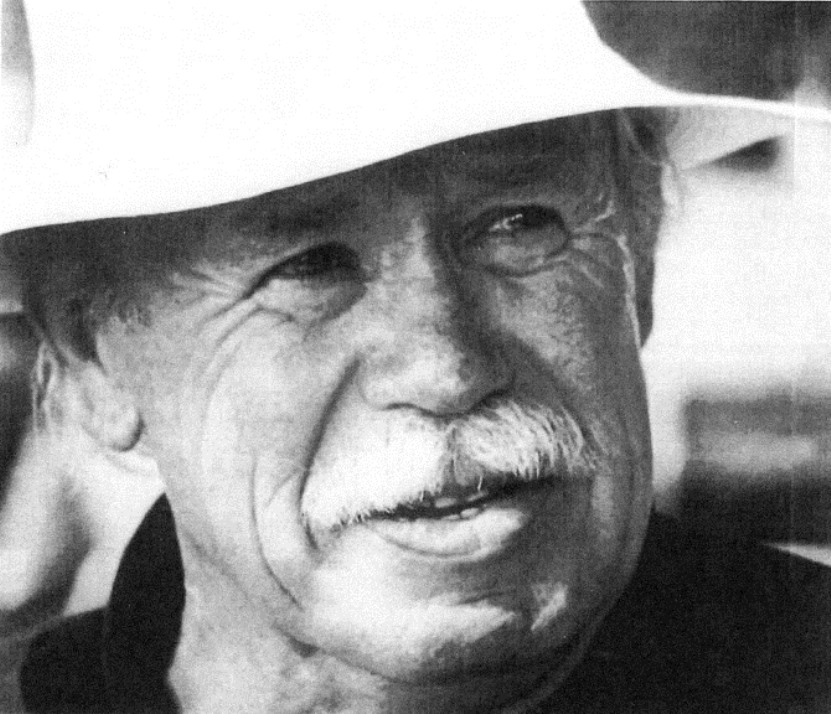
Walter Lothar Brendel was a German artist and art historian.
During World War II he was wounded and, recovering from illness, he began painting. Brendel is considered one of the first German abstractionist artists of the postwar period.


Walter Lothar Brendel was a German artist and art historian.
During World War II he was wounded and, recovering from illness, he began painting. Brendel is considered one of the first German abstractionist artists of the postwar period.


Volker Böhringer was a German painter and graphic artist.
He was a significant representative of the "New Objectivity. In his paintings and graphics Böhringer turned to socially critical representational themes, the theme of his early works being industrial landscapes. Böhringer refused to join the League of German Artists (VBKD), so he was forbidden to exhibit his work. Despite his secluded life, he received critical acclaim, and his work was shown in major public exhibitions of German modern art at the Art Museum Basel in 1937 and in Zurich in 1949. In the 1950s he increasingly turned to religious themes in his paintings.



























